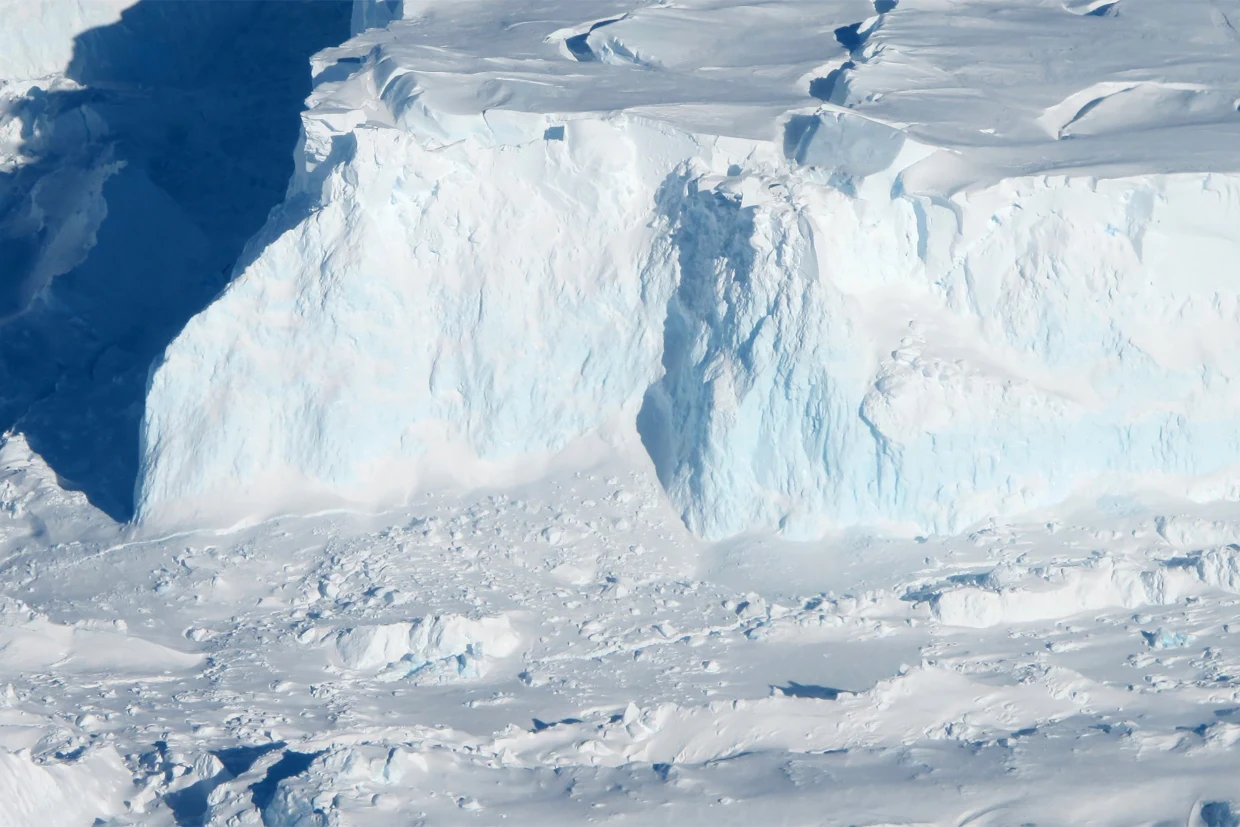If you’ve ever built a sandcastle on the beach, you know how quickly seawater can undermine it. Similarly, a new study by the British Antarctic Survey concludes that warmer seawater may accelerate the melting of ground-based ice sheets in Antarctica more than previously thought. This finding suggests that existing computer models may underestimate the impact of warming water beneath ice sheets.
The Undermining Effect of Warmer Seawater
The study, published in the journal Nature Geoscience, reveals that warmer ocean water can travel long distances beneath ice sheets, melting them from below. This process is similar to how seawater seeps into sand, weakening structures. As a result, the long reach of warming water under the ice significantly contributes to ice melt, a factor that current models may not fully account for. The study indicates that this underestimation could lead to higher than anticipated sea level rise, bringing greater flooding sooner to coastal communities, particularly along the U.S. East Coast.
New Insights into Ice Sheet Melting
Lead author Alex Bradley, an ice dynamics researcher at the British Antarctic Survey, explains that the grounding zone, where ground-based ice meets the sea, is particularly vulnerable to melting. “We have identified the possibility of a new tipping point in Antarctic ice sheet melting,” says Bradley. “Our projections of sea level rise might be significant underestimates.” The grounding zone displays “tipping point-like” behavior, where a small change in ocean temperature can cause a significant increase in melting, affecting the ice flow above it.
This study is the second in five weeks to report that warmer ocean water may be accelerating ice melt in glaciers and ice sheets faster than previously modeled. An earlier study on Antarctica’s Thwaites Glacier, known as the “Doomsday Glacier,” found visible evidence of warm seawater flowing beneath the glacier, leading to vigorous melting. This interaction between warm seawater and ice sheets is a critical factor in rising sea levels.
Implications for Future Sea Level Rise
The British Antarctic Survey’s research highlights the need to improve computer models used to predict sea level rise. These models cannot currently simulate melting beneath grounded ice, which is now believed to be a significant factor. “This is missing physics, which isn’t in our ice sheet models,” says Bradley. “We’re working on putting that into our models now.”
Eric Rignot, a glaciologist at the University of California, Irvine, and lead author of the previous study, emphasizes the importance of understanding this process. He notes that the interaction between warm seawater and ice sheets makes glaciers like Thwaites more sensitive to ocean warming and more likely to collapse as temperatures rise. Rignot believes that the British Antarctic Survey’s findings provide “additional incentives to study this part of the glacier system in more detail,” including the role of tides, which exacerbate the problem.

Studies indicating a greater sensitivity of glaciers to warm water suggest that sea level rise this century could be much larger than anticipated, potentially up to twice as high. As scientists work to refine their models and incorporate these new findings, it becomes increasingly clear that the impact of warming oceans on ice sheets is a critical area of research for understanding and mitigating future sea level rise.
